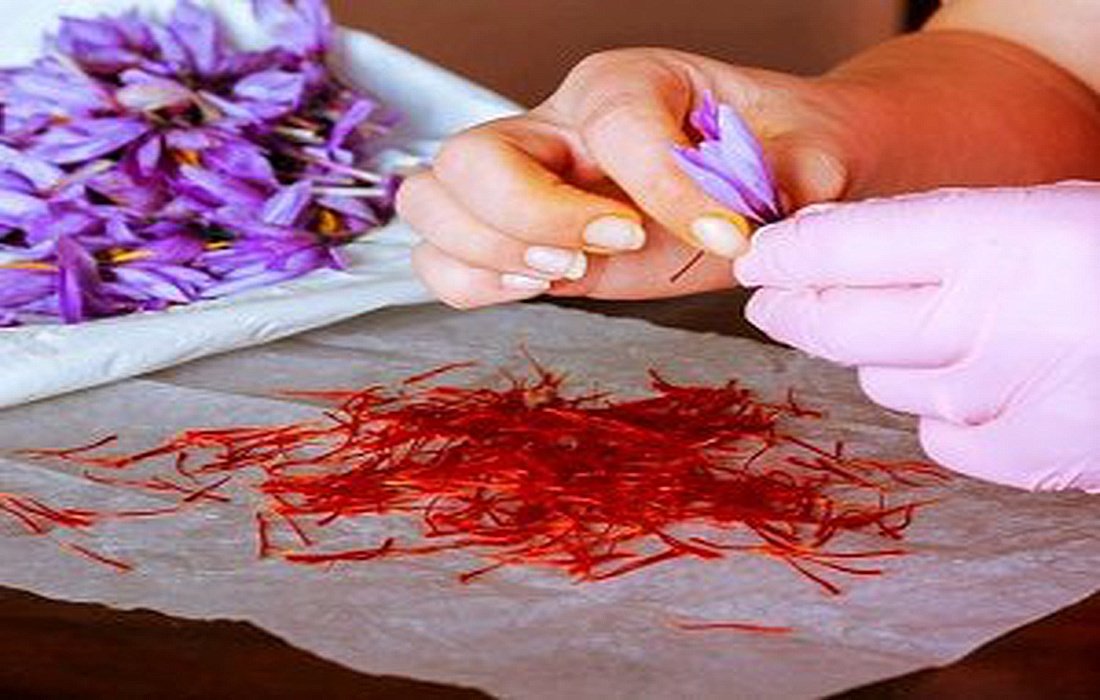Nutritional ValueSaffronand how to cultivate Iran’s red gold
Saffron is a valuable spice and colorant with a unique aroma that is beneficial for treating several diseases. This plant grows in Southwest Asia, Southern Spain, and Southern Europe, but our country is also a leader in saffron production. In this section ofSelMagzLearn more about the saffron plant, its nutritional value, and properties.
Saffron is a perennial plant that has a bulb covered in a brown skin.CoffeeIts stem has six purple petals and three strands of red stigmas. The orange stigmas are used for consumption. Saffron stigmas contain fats, minerals, and mucilage. The plant reproduces through an underground bulb called corm.
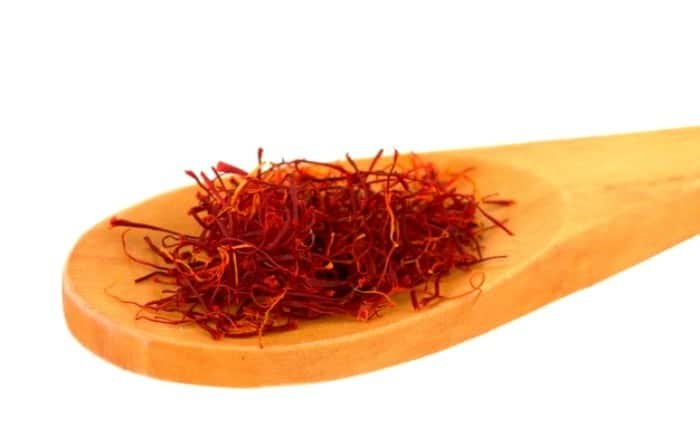
The taste of saffron is due to the bitter heteroside picocrosin. The presence of a compound called crocin is what gives saffron its color. The scent and hue of saffron come from a colorless terpene essence and an oxygenated compound combined with a substance called safranal.
Nutritional Value of Saffron
Saffron is a calming agent and appetite stimulant that helps prevent heart diseases, cancer, and treats various conditions like asthma, skin diseases, eye problems, urinary infections, jaundice, starts menstruation, alleviatesabdominal bloating, treatsstomach pain, and treatsanemia. This food, known as red gold, helps to reduce fat, cholesterol, andblood pressureand strengthens memory.
Steps for Planting Saffron
Saffron planting should occur from August to October and requires careful attention in temperate climates.
This tropical plant thrives in areas with hot, dry, sunny summers and relatively mild autumns and winters, but it may not grow well everywhere, as seen in Hamedan, which has a cold climate but is successful for saffron cultivation.
The saffron dormancy and activity period is from November to May, and in summer, the saffron bulbs go dormant, causing the leaves to turn yellow and dry.Bulbgoes dormant, so warm and dry lands aren’t ideal for growing saffron.
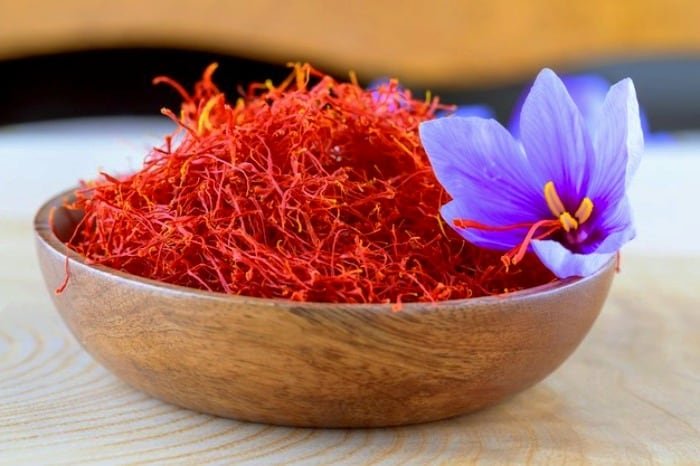
Preparing the Land for Saffron Planting
To prepare the land for saffron planting in autumn or winter, deep tilling is necessary; however, if conditions are unsuitable or a tractor is unavailable, tilling should be done at the end of spring or early July.
In mechanized saffron farming, land is deeply tilled with a plow in the fall before planting, and after spring rains stop, medium tilling is used to remove weeds, followed by spreading 40-80 tons of animal manure and 200 kg of ammonium phosphate in August or September, preparing the soil for saffron planting.
Suitable Soil for Saffron Cultivation
The best soil type for saffron growth is sandy clay with a slight amount of lime and a pH between 7-8. The land used for saffron should not have been planted with saffron for a few years, and it should be weed-free, fertile, and sweet.
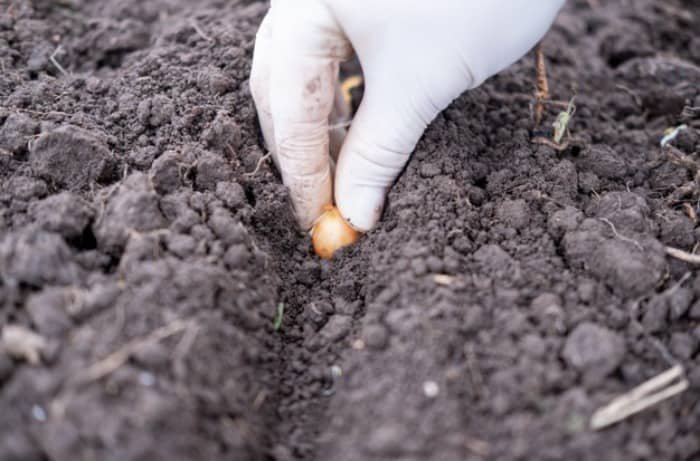
Best Time for Saffron Planting
The suitable season for saffron planting is from August to October. After planting saffron bulbs, there is no need to replant saffron in subsequent years; the bulbs can remain in the ground for 4 to 7 years, and in some areas, up to 10 years.
Planting Saffron Bulbs:
For planting saffron bulbs, use a spade to dig holes in a row and place 3-15 bulbs in each hole. When planting, the tops of the bulbs should face upward and are planted at a depth of 15-20 cm, protecting them from winter frost and summer heat stress.
For saffron planting, a team of 4 or 5 people is needed: one digs the holes, two select clumps of 3 to 5 or 15 cultivable bulbs.
The fourth person places the bulbs in the holes, continuing until done. Then, the surface of the uneven field is leveled and compacted with a spade or hoe to ensure the bulbs adhere to the soil. The field should be left untouched until the fall irrigation, and before watering, spread 10-20 tons of fully decomposed animal manure across the land. The furrows should be covered with a rake after saffron planting.
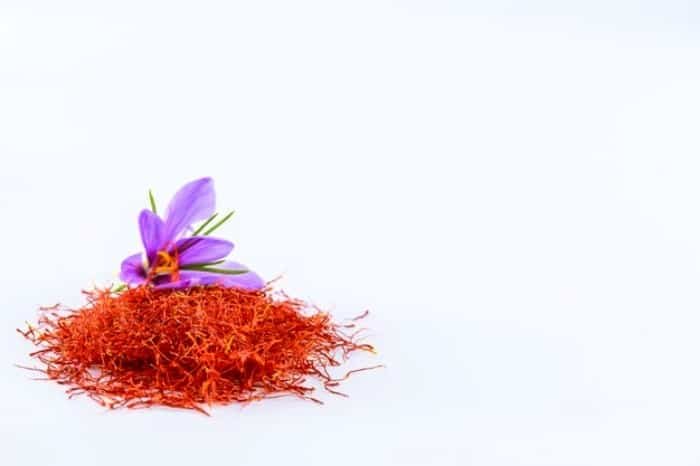
Quantity and Type of Saffron Bulbs:
When purchasing saffron bulbs, ensure that:
the saffron bulbs are large, healthy, undamaged, vibrant, about 7 years old, and free from any diseases. Any excess skin and clumps around each bulb should be removed. To prevent pest and disease infestations after planting saffron, it is better to treat every 100 kg of bulbs with 300-500 grams of mercury-based fungicides like Serzan, Tri-Tizan, or Granazol before planting.
For planting saffron, 2 tons of bulbs are needed per hectare. From the seventh year onward, bulbs should be dug out since the plants weaken and the bulbs become empty, deteriorating after one to two years. The quantity of bulbs harvested in the seventh year is five times the amount planted in the first year.
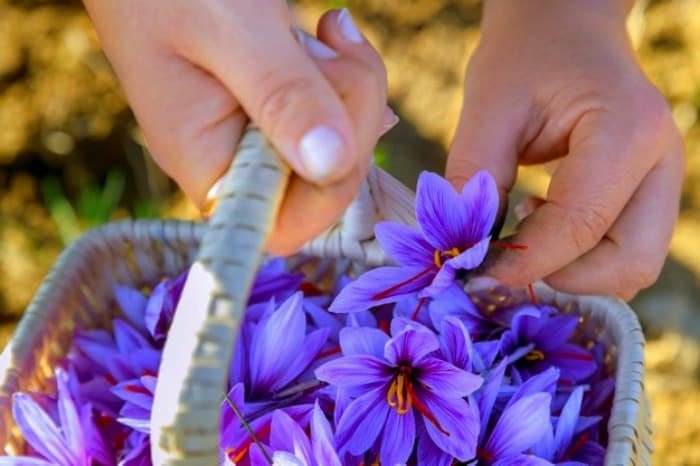
Quantity and Type of Fertilizer for Saffron Planting:
Each hectare of saffron requires 30-50 tons of decomposed animal manure along with 200 kg of chemical fertilizers like phosphorus and potassium, and fresh animal manure should not be used. Every three years, it is necessary to apply 100 kg of urea along with 10-15 tons of animal manure to the soil.
How to Water After Planting Saffron
If the field was watered before planting saffron, there is no need to irrigate immediately after planting the bulbs. However, if the field was not watered, it should be irrigated promptly after planting. Saffron is drought-resistant. The first autumn irrigation should occur 15 days before the flowers begin to bloom.
If the field is watered before October, the leaves will appear first, followed by the flowers, making it challenging to harvest, as the flowers remain among the leaves and may wither away.
Saffron is a plant suited to dry regions, so it does not require much water. Thus, after planting saffron bulbs, the field should only be irrigated once until harvest; however, rewatering after harvest during winter helps the saffron bulbs to grow larger.
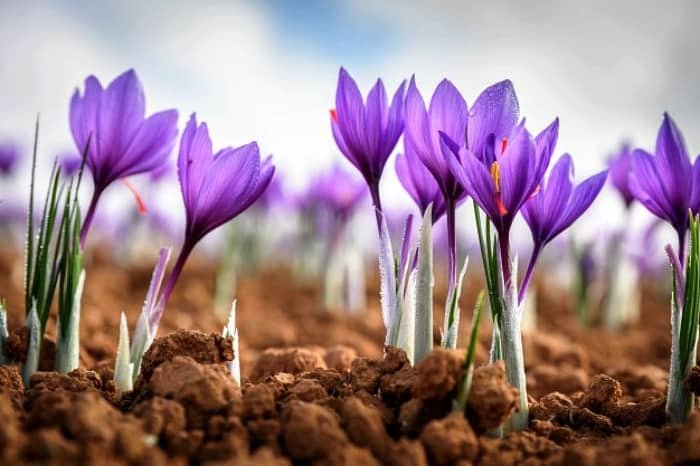
Soil Breaking After Saffron Planting
As soon as the soil becomes firm after the first irrigation, it should be loosened with a hand hoe or combine plow and cultivator to ensure that the bulbs are not damaged. This process helps the flowers emerge easily from the soil and integrates the fertilizer with the earth.
If the farmer has not fertilized the land, necessary fertilizers should be spread evenly across the soil surface before watering, then mixed with the topsoil using shallow tilling. The area then gets leveled with a rake to ensure the soil connects well with the saffron bulbs.
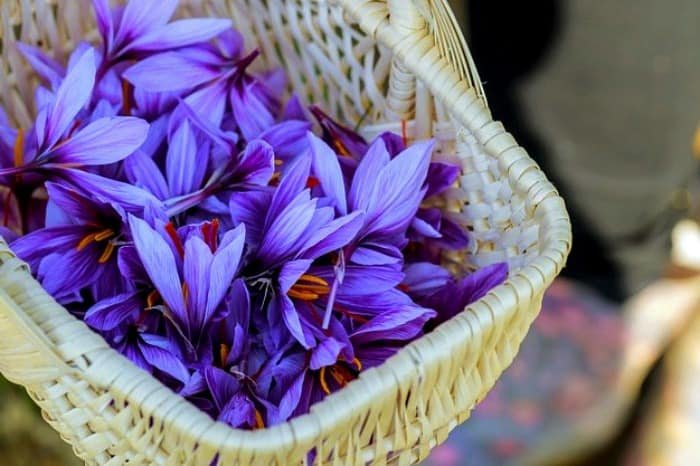
After planting and harvesting saffron, it is essential to remove weeds.
The presence of weeds in saffron cultivation reduces water andnutrientsandsunlightdue to their competition with the saffron plant, thus decreasing the yield. Moreover, these weeds cause disturbances during saffron planting and harvesting and bring diseases and pests to the plant.
Whenever weeds grow, weeding is essential. The first weeding in saffron fields occurs after the second irrigation, helping to eliminate the weeds.
The first weeding of saffron is done after harvesting the saffron flowers, and the second occurs about a month before the third watering.
Pesticides should not be used to combat farm weeds, as their effect on the saffron plant has not been tested.

Saffron Harvesting:
In the first year, only a few of the large corms with sufficient nutrients that have flowered can produce yield, resulting in the overall field yielding little. By mid-November, purple flowers appear in the field, and harvesting begins three weeks after the first flowers bloom.
Saffron flowers bloom at the onset of cold and fall, when no other plants are flowering, creating one of the most beautiful landscapes in nature. Harvesting should start before sunrise and continue until 9 a.m., with the flower-picking process lasting 15-25 days.



